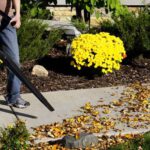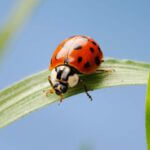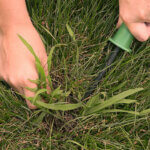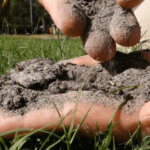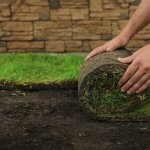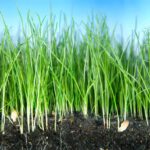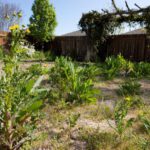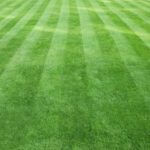Understanding Blower Power
When shopping for a new blower, many consumers look at the “miles per hour” rating to assess the power of a blower. However, it is possible for a 230 MPH blower to have more power than a 240 MPH blower. Here is why: MPH Alone is Not a Good Measure of Power A blower nozzle Read more…

